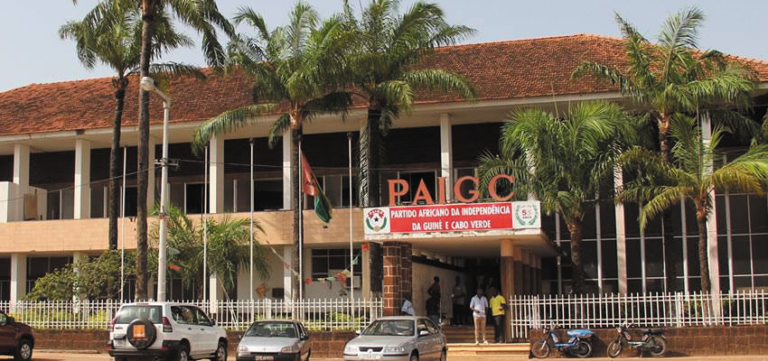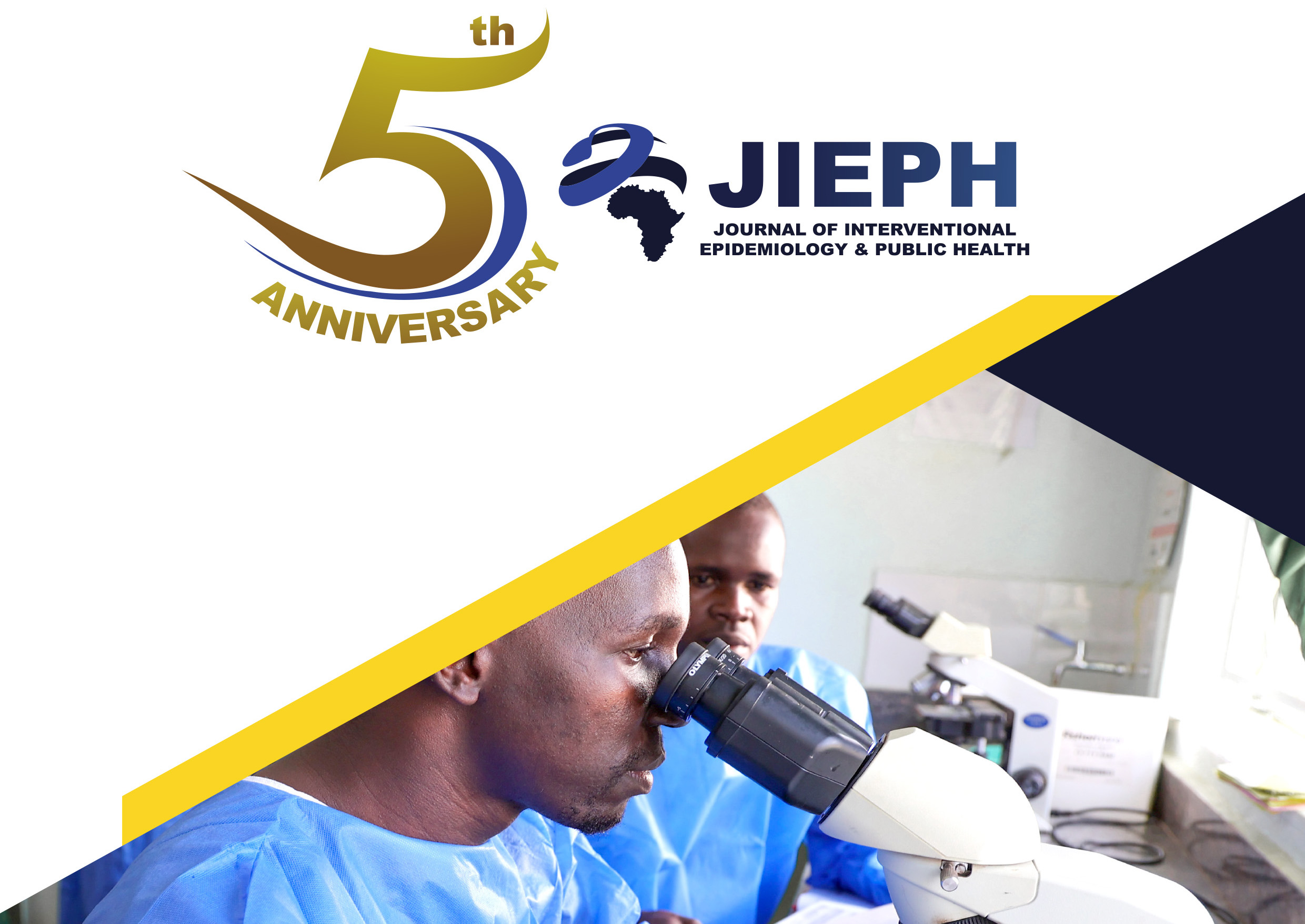Gambiaj.com – (BANJUL) – A recent study titled “Evaluation of the Maternal Mortality Surveillance System, The Gambia” sheds light on the effectiveness of The Gambia’s Maternal Mortality Surveillance System and identifies areas for improvement. The study, published in the Journal of Interventional Epidemiology and Public Health by the African Field Epidemiology Network (AFENET), evaluated the system’s usefulness and assessed various system attributes.
This study assessed respondents’ knowledge of maternal death surveillance systems. According to the study, The Gambia recorded a maternal mortality ratio of 597 per 100,000 live births, showing a 2.3% decrease from 2016. Maternal deaths are notifiable events reportable through the surveillance system, with health facilities and traditional authorities responsible for reporting deaths at the community level. The audit process involves analyzing each death’s circumstances, identifying avoidable factors, and taking action to improve care at all levels of the health system.
The study, which interviewed 25 surveillance officers, found that 82% of respondents believed the system was useful. However, the system was rated poorly in terms of data quality and completeness (37%), timeliness (50%), flexibility (60%), and representativeness (55%). The study highlighted the need to sensitize health workers to ensure data quality and timely completion of reports.
In conclusion, The Gambia’s maternal death surveillance system has been effective in detecting and reporting maternal deaths.
However, the quality of data and completeness of reporting were poor, while the timeliness, flexibility, and representativeness of the surveillance system need to be improved.
there is room for improvement, particularly in data quality, completeness, timeliness, flexibility, and representativeness.
The study recommends enhancing the system to ensure more accurate and timely reporting of maternal deaths, ultimately improving maternal health outcomes in the country.
A public health surveillance system aids in preventing and controlling adverse health-related events, improving public health understanding, and determining the importance of previously unimportant events.










